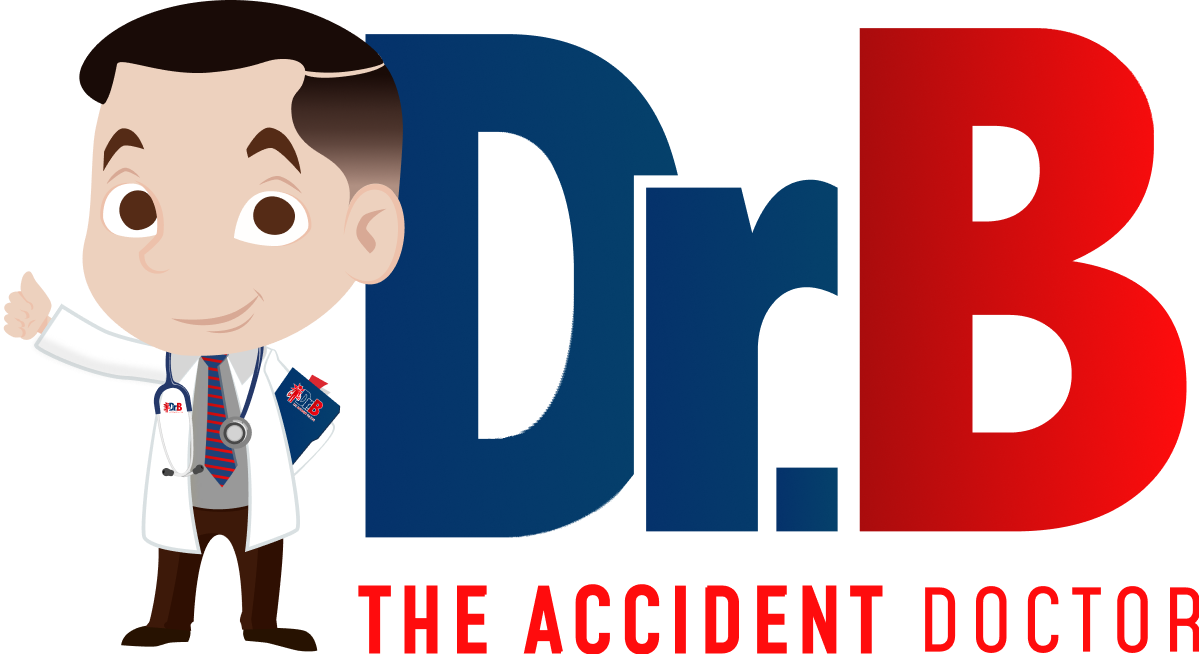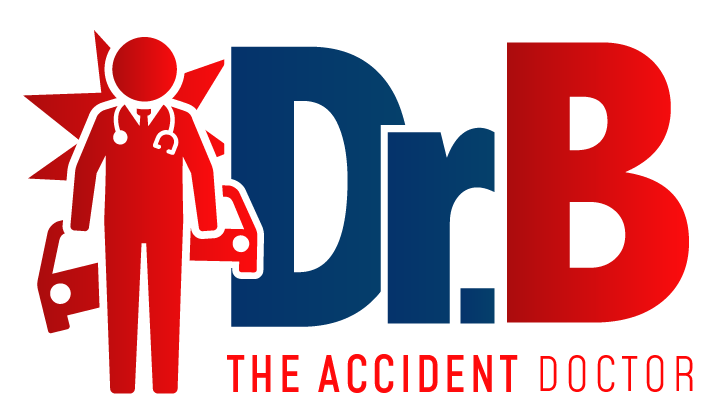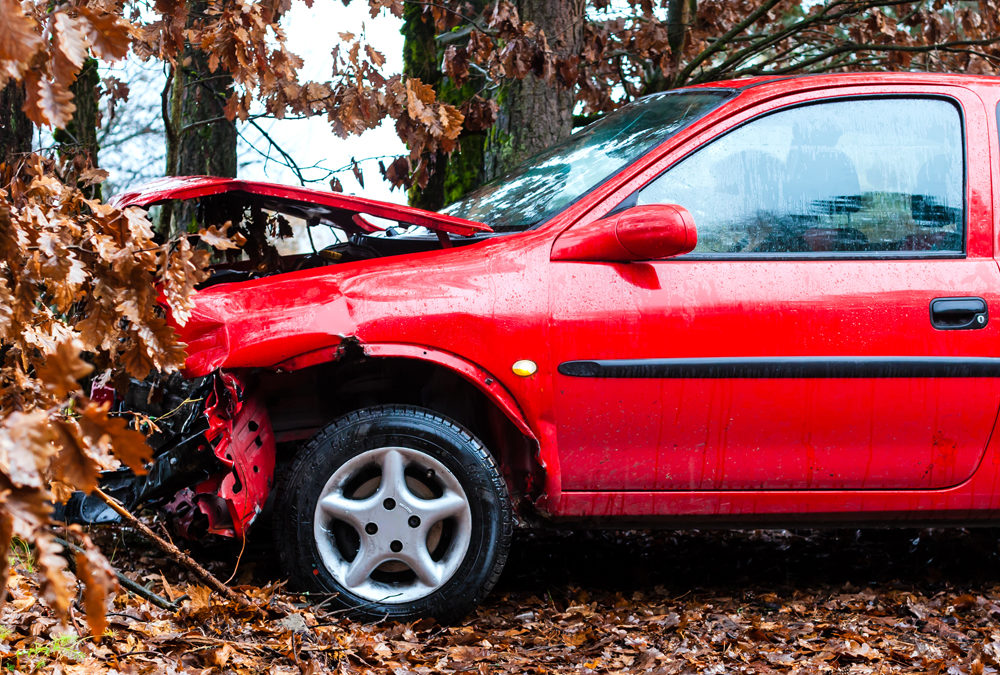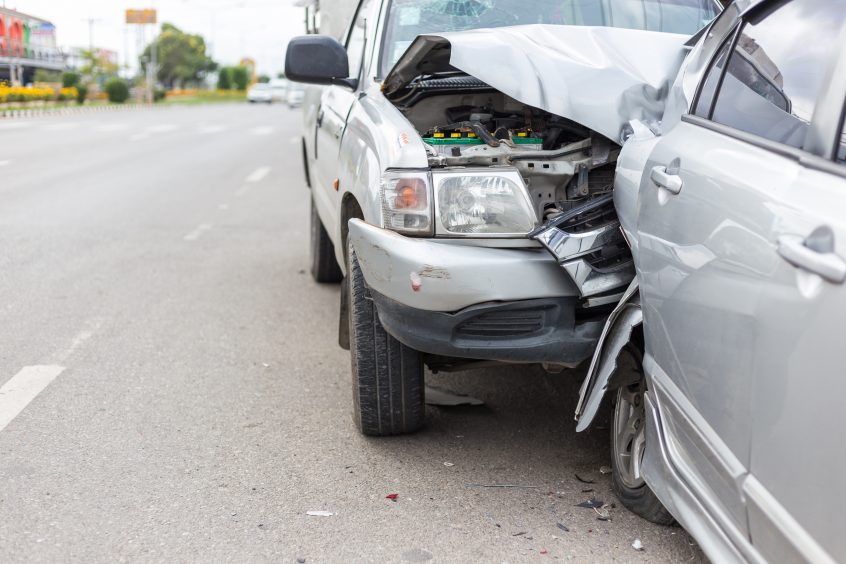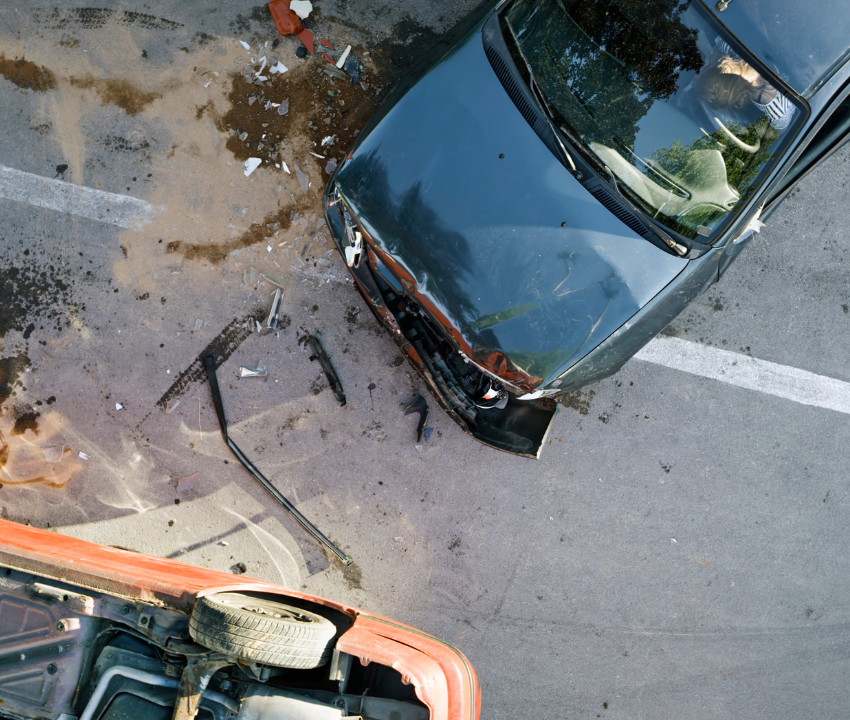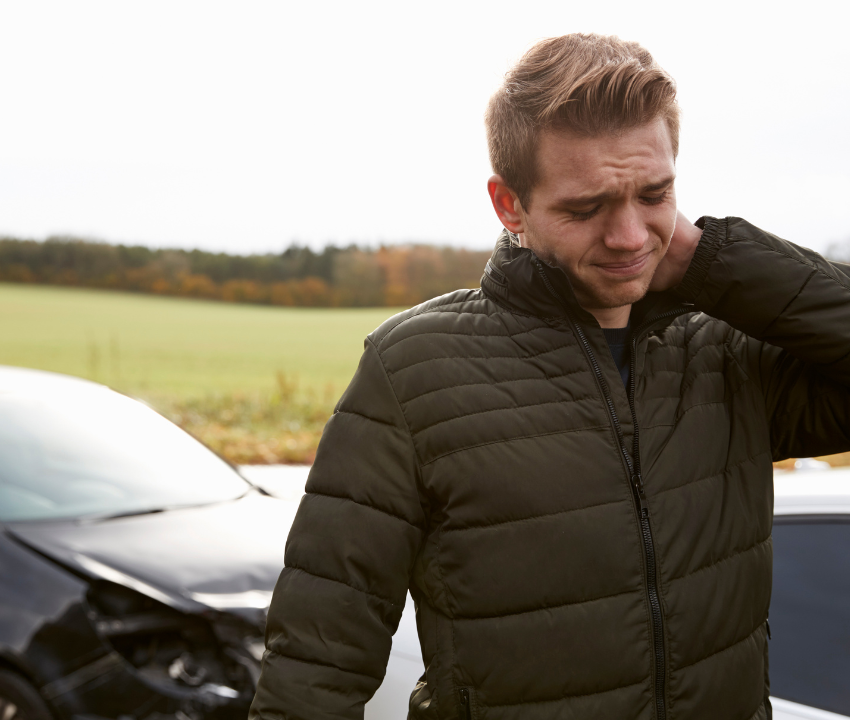The basics
When you are travelling in a car your body and the car have a certain amount of kinetic energy created by the car’s motion. In normal driving situations that energy is gradually transferred to the brakes when the car comes to a stop, usually in the form of heat. In a typical car accident, there is no gradual release of energy, and instead that energy is released in one sudden burst by an impact.
Modern cars are designed to absorb as much of that energy as possible by deforming crumple zones around the car. However, in most situations the car will not be able to absorb all of the energy from the impact. This impact is then transferred to the car occupants, and the human body will then typically be forced into motion and will impact the seatbelt or another part of the car.
The poorer the car build and/or the faster the car is going, the greater the magnitude of these impact energies is going to be, and the harsher the consequences will be for the car’s occupants.
Frontal impacts
In frontal impacts the human body continues travelling forward after the impact. The body’s kinetic energy will then be dissipated through contact with another part of the car, whether it’s the seatbelt and airbags, which are designed to make this transfer of energy relatively gradual, or the dashboard, windscreen or steering wheel, which aren’t.
The seatbelt
If you are wearing a seatbelt in a frontal impact the majority of the force of the impact will be transferred to the meeting between your body and your seatbelt.
While the seatbelt is designed to save your life in a car accident, it may injure you to do so. In a typical frontal impact the seatbelt absorbs a considerable amount of energy as your body collides with it. The harder the impact the more force the seatbelt exerts on your upper torso. This leads to a couple of common injuries, including:
- broken or fractured collarbones where the seatbelt crosses over the shoulder
- broken ribs, particularly in higher speed impacts
- in very powerful impacts all the ribs can break, forcing the ribcage onto the lungs
- if the chest cavity is punctured by a broken rib, then the lungs will stop inflating as the chest expands, a condition which is commonly referred to as a collapsed lung
- if a seatbelt is worn incorrectly, and the majority of the accident force is transferred via the seatbelt into areas of the abdomen not protected by the ribcage, massive internal injuries can take place.
Airbags
An airbag is deployed with considerable force at the point of impact, and is designed to push your body and head backward, while also immediately beginning a process of gradual deflation to absorb as much of the force of the impact with your body as possible.
However, an airbag can cause injuries of its own. Typical injuries from airbags include:
- temporary or permanent blindness if the airbag impacts the eye area
- facial injuries, including abrasions, burns and broken facial bones
- injuries to the chest, most typically broken ribs
- neck and spinal injuries caused by the airbag snapping the head backwards.
Cabin intrusion
So far we have only considered what will happen if car safety features deploy appropriately in a frontal impact. This is a best case scenario. During high speed impacts, and depending on the car’s build quality, parts of the front of the vehicle may collapse inwards or be forced into the vehicle’s cabin, striking the occupants in the front seats, even when restrained by seatbelts.
This can result in:
- crushing injuries
- broken bones.
Second part in the following blog.
Injured in a Car Accident?
Schedule an appointment with us now! 210-342-2777
